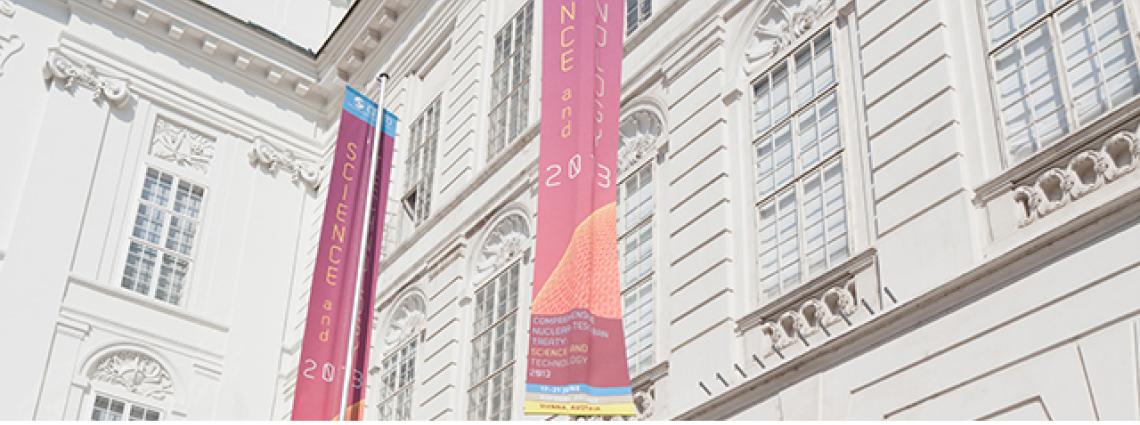The Science and Technology Conference 2013
Over 750 participants from around 100 countries converged last week in Vienna to advance the verification of the Comprehensive Nuclear-Test-Ban Treaty (CTBT) and to strengthen the relationship of the Treaty’s organization with the broader scientific community.
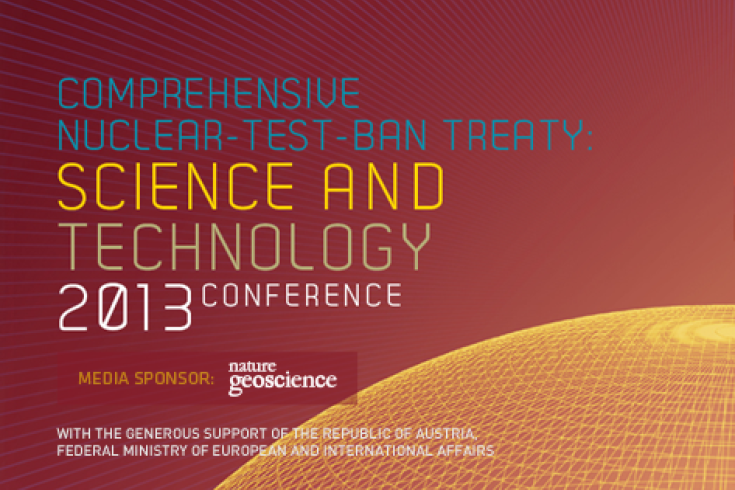
Click for Conference webpage
By engaging the scientific community in strengthening its own abilities, the CTBTO advances its vital work of preventing and deterring further nuclear tests…I renew my call for the entry into force of the CTBT.
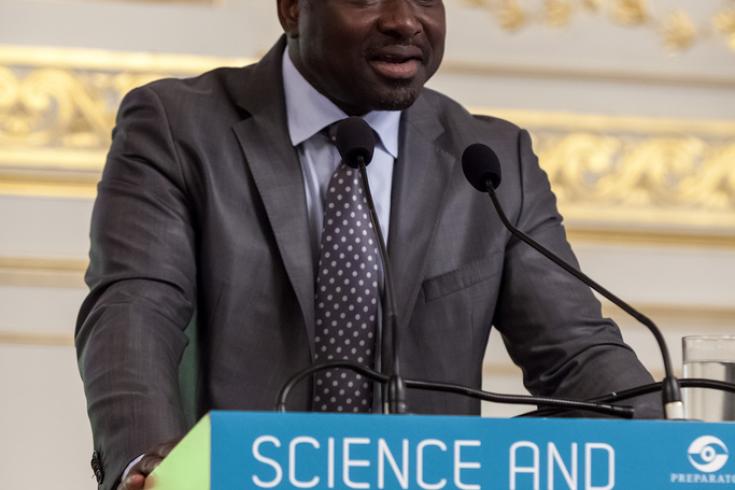
Lassina Zerbo, CTBTO Executive Secretary-elect and Project Executive for the conference
The Science and Technology conference series is a process; it provides an opportunity to integrate results of scientific research into operation to improve the CTBT verification regime.
Special session on the February North Korean event
The 12 February test was another step in the march towards a dangerous nuclear weapons’ capability…but the DPRK is not yet able to reliably mount a warhead on a missile.
Mitigating “fogs” of radioxenon
Representatives of the radiopharmaceutical industry participated in the conference. CTBTO Executive Secretary-elect Lassina Zerbo and Jean-Michel Vanderhofstadt CEO-General Manager, Institute for Radioelements, signed an agreement which will help to mitigate these negative effects for test-ban verification - see video:
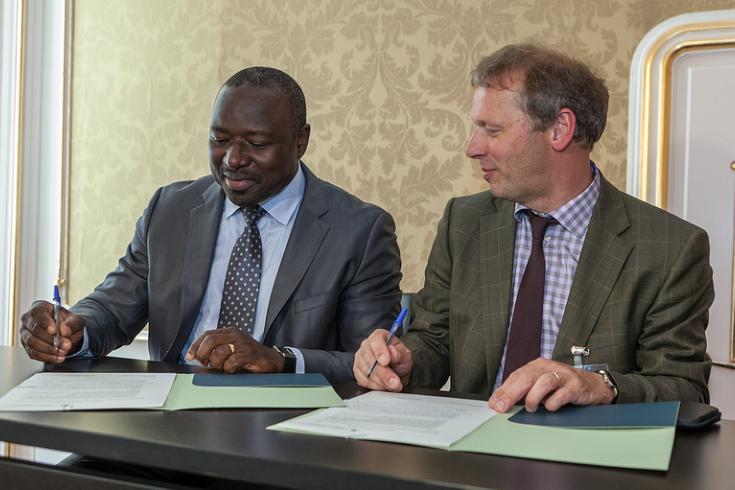
Lassina Zerbo, CTBTO Executive Secretary-elect (left) and Jean-Michel Vanderhofstadt, CEO-General Manager, Institute for Radio Elements (IRE)
EU side event on verification
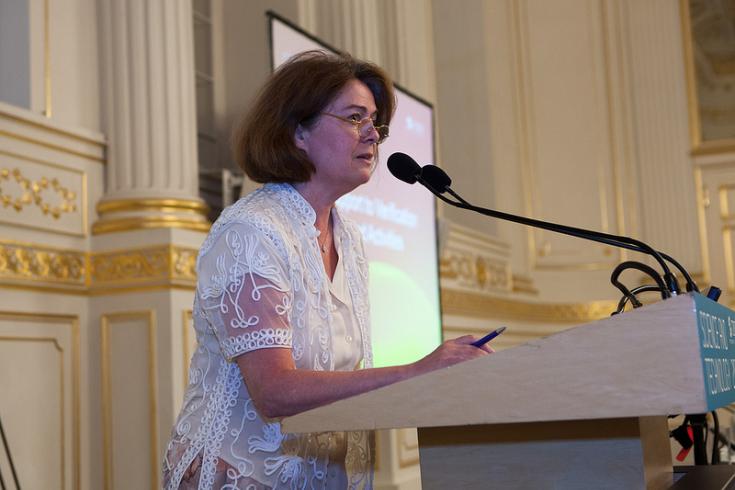
Ambassador Györgyi Martin Zanathy, Head of the Delegation of the European Union to the UN in Vienna, at the side event 'EU Support to Verification Related Activities'
Non-verification uses of CTBTO data
CTBTO data, especially infrasound and hydroacoustic data, are immensely useful.
Reykjavik Event: How can science help the CTBT enter into force?
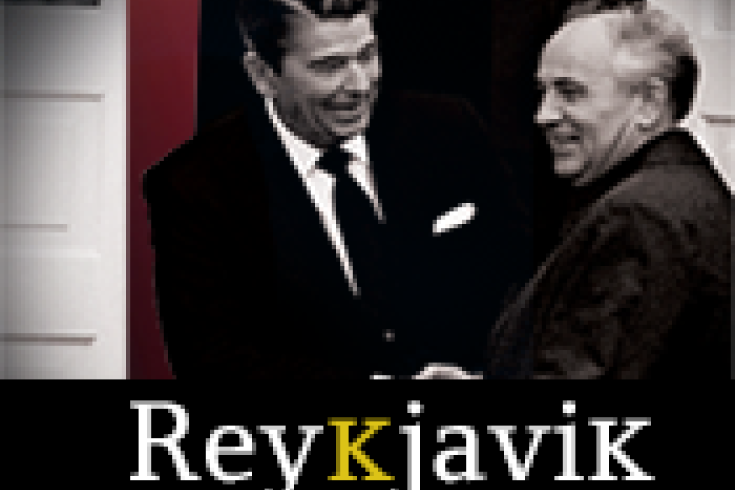
We need a new Reykjavik but without the Cold War.
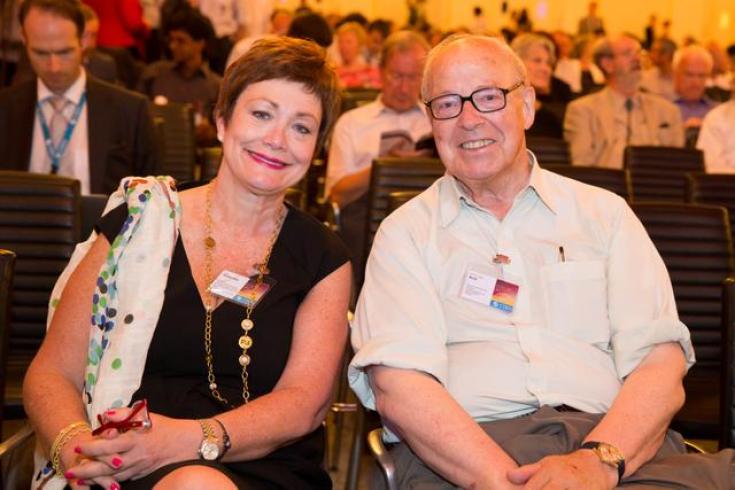
Ellen Tauscher and Hans Blix
Prizes
This conference took place from 17 to 21 June 2013 in the Hofburg Imperial Palace in Vienna. It was made possible by the generous support of Austria.
24 Jun 2013
